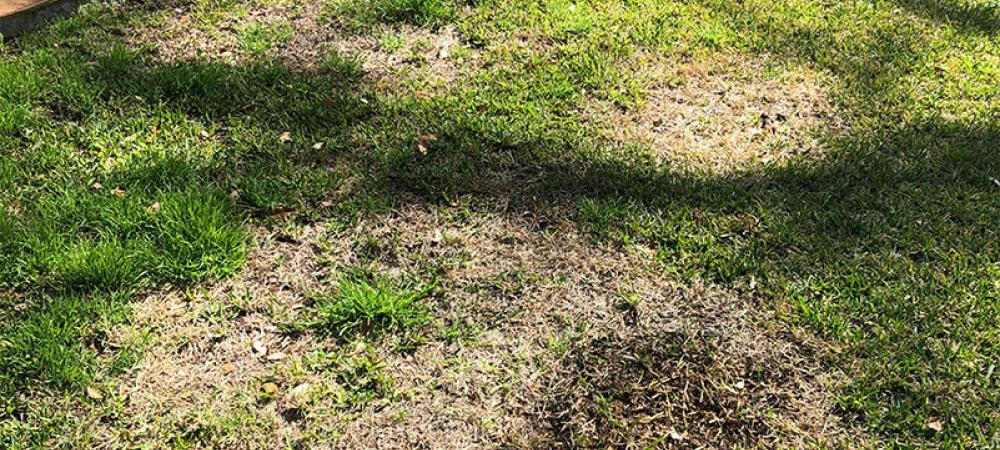TARR

All root rot (Gaeumannomyces graminis) is active when soil temperatures drop below 65 degrees and prolonged moisture is present. Just like it says the disease takes all meaning kills the grass and leaves bare spots. TARR is most noticeable in the spring when the grass is coming out of dormancy and yellowing is present and not responding to fertilizer. I see TARR mostly in ST Augustine in the Fort Worth area but it can effect Bermuda and Zoysia lawns.
How to Diagnose TARR
The diagnosis of TARR involves visiting the site and looking at the roots . The roots will be short and black. Healthy roots will be tan or almost white. Sometimes mistaken for grub damage although the two aren’t mutually exclusive. Using a low power microscope can help in diagnosing TARR because you’ll be able to to the mycelium on the stolons.
TARR effects lawn that have poor cultural practices. Examples would be
- Drought stress
- Poor mowing habits
- Too much shade
- Heavy thatch
- Poor sprinkler coverage
Environments conditions favorable for TARR
- Drought stress
- Drought stress then a cold winter
- Excessive rain after periods of drought
- Soil temperatures between 50-65 degrees in combination with the conditions above
How to Fix TARR
TARR is best controlled by:
1. Replacing dead and infected areas with healthy grass
2. Adjust the PH to 6.5 by applying peat moss, Citric acid, or elemental sulfur. Peat moss is the best to start with and citric acid is for more advanced applicators.
3. Fungicide applications every 30 days until conditions for TARR are gone.
4. Improve cultural practices moving forward.
5. Elemental sulfur applications annually to lower and maintain a soil PH below 6.7.
* soil PH levels in the DFW area range from 7.7-8.2. It takes a lot of effort to move PH down so be patient.
If you're in need of more assistance and care for your lawn, make sure to reach out the experts at Gro Lawn so we can provide your lawn with the most reliable lawn care services in Fort Worth, TX.
